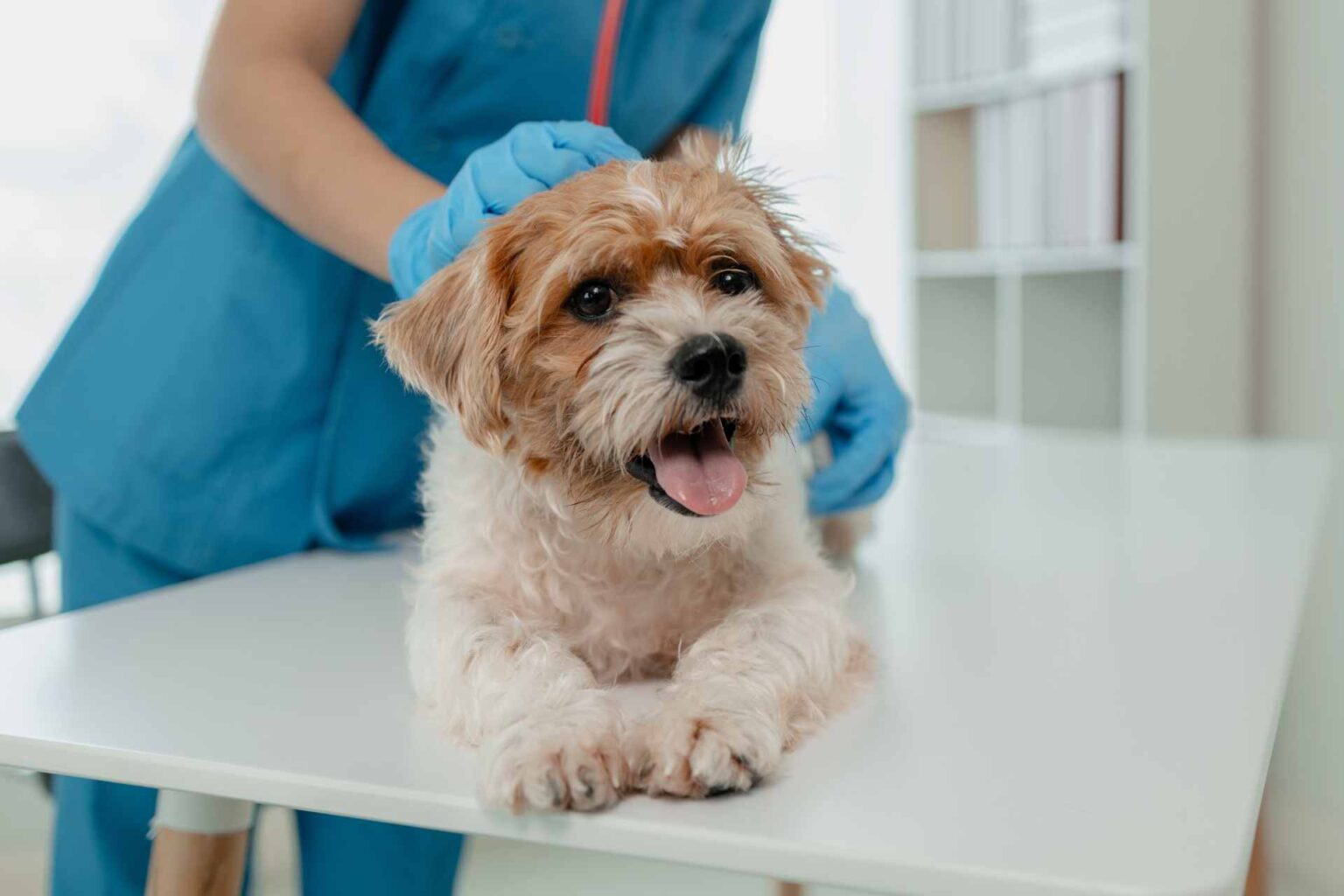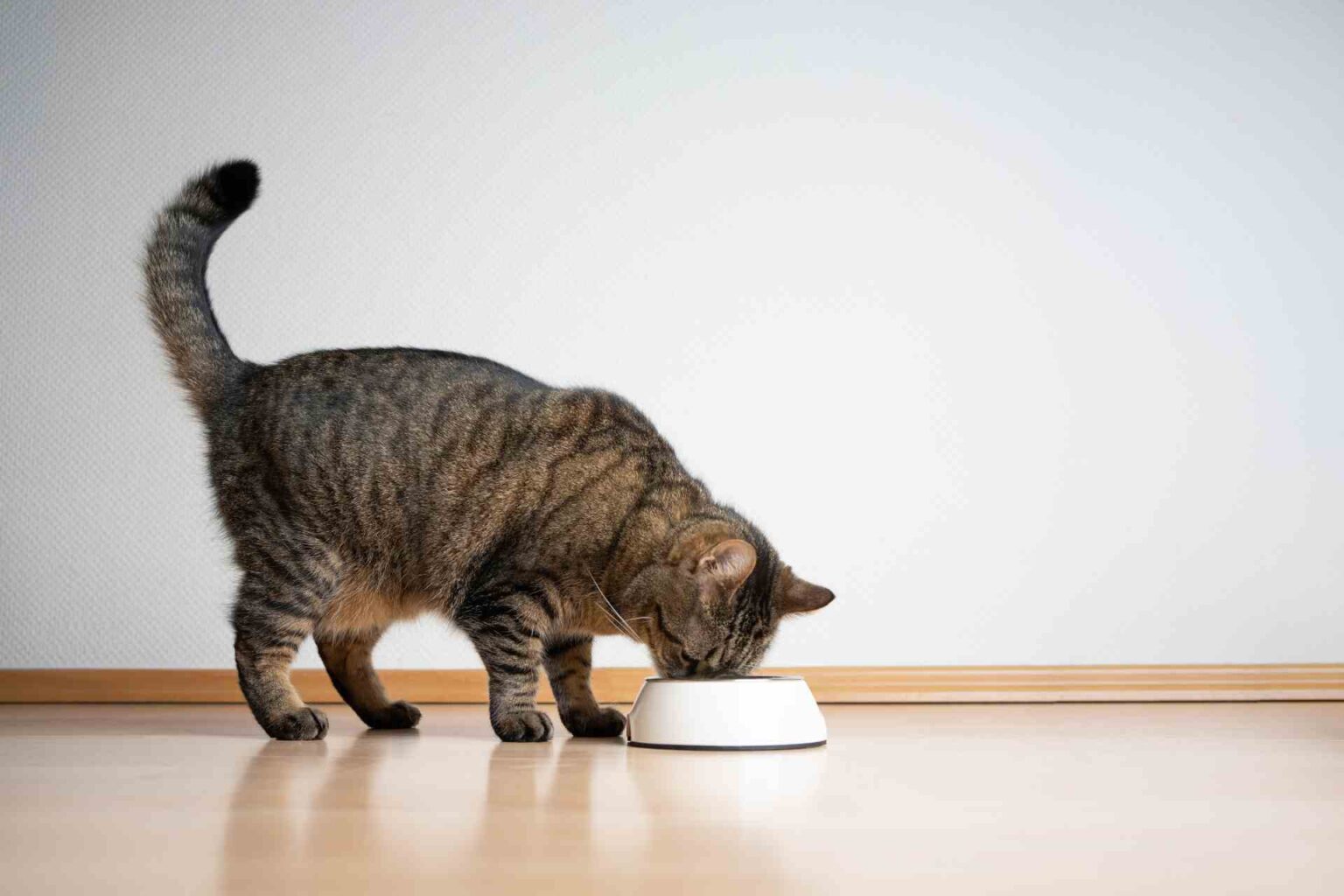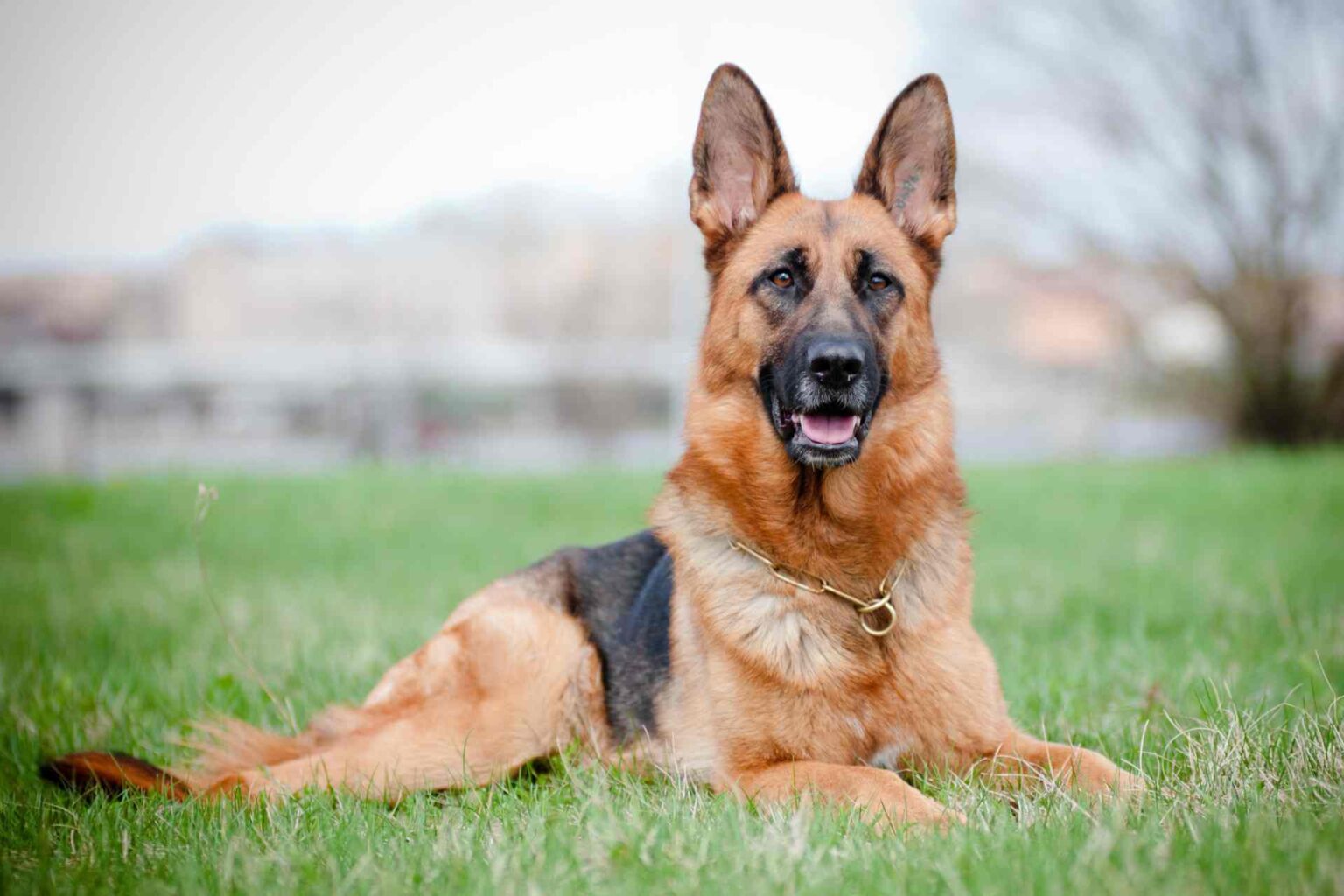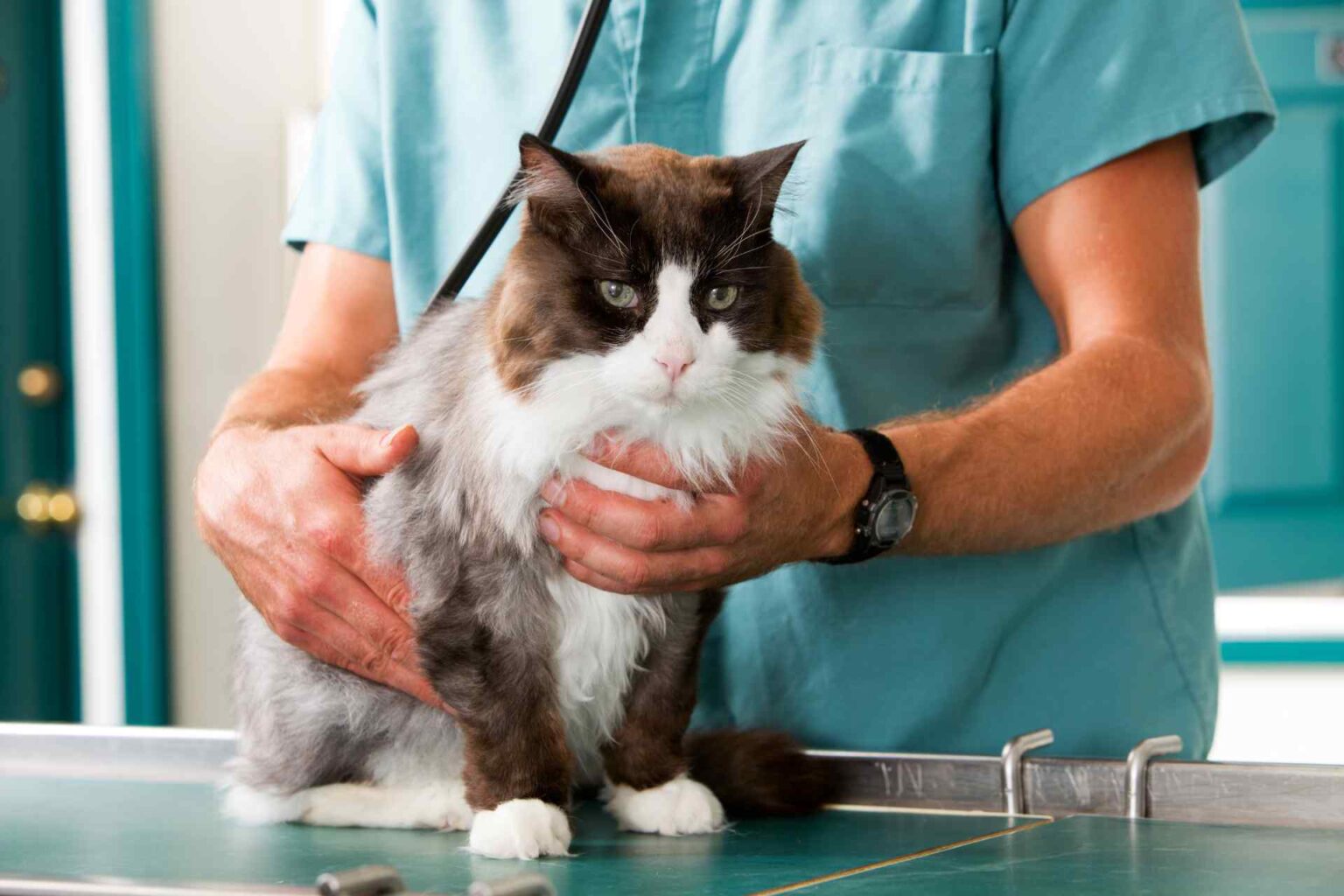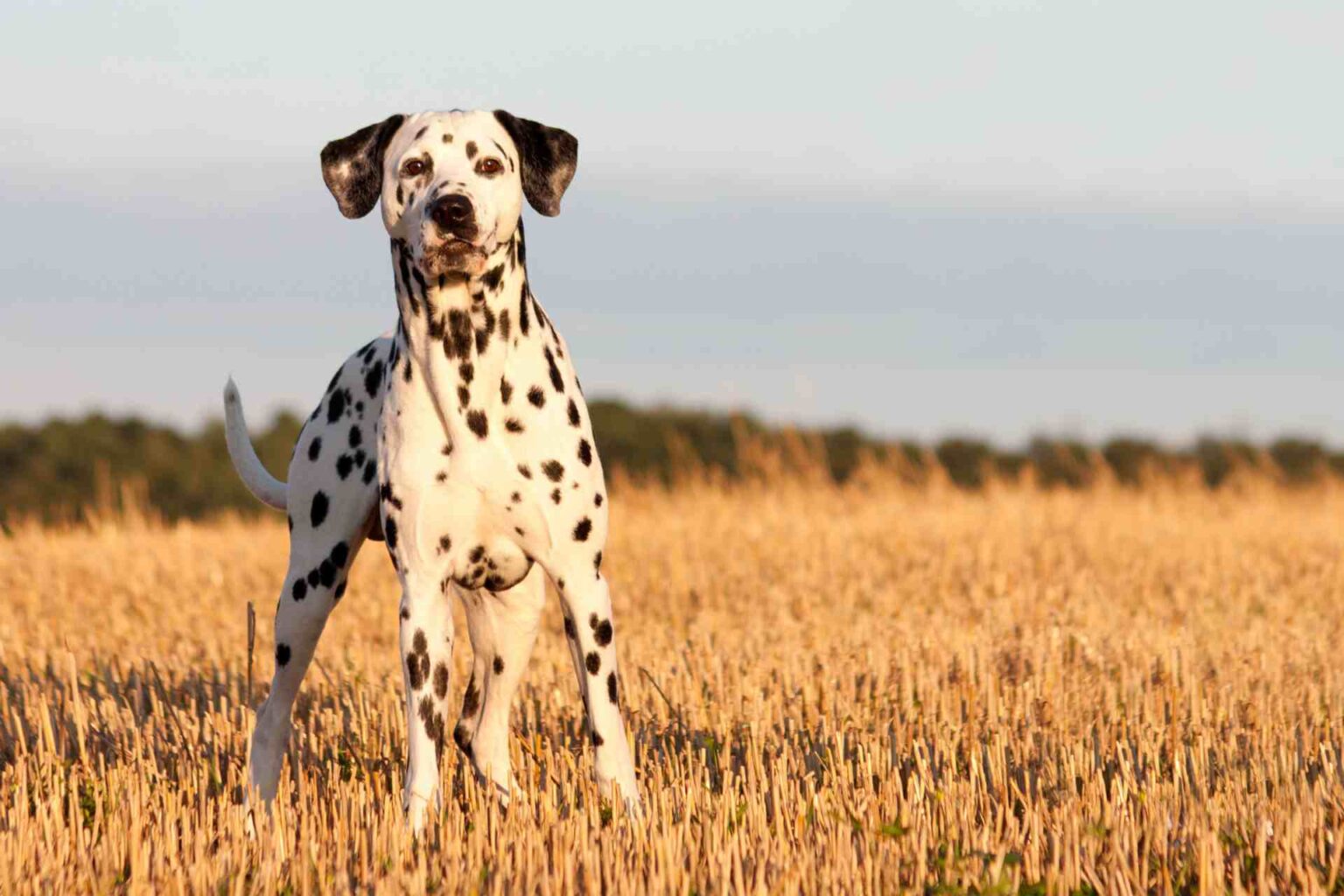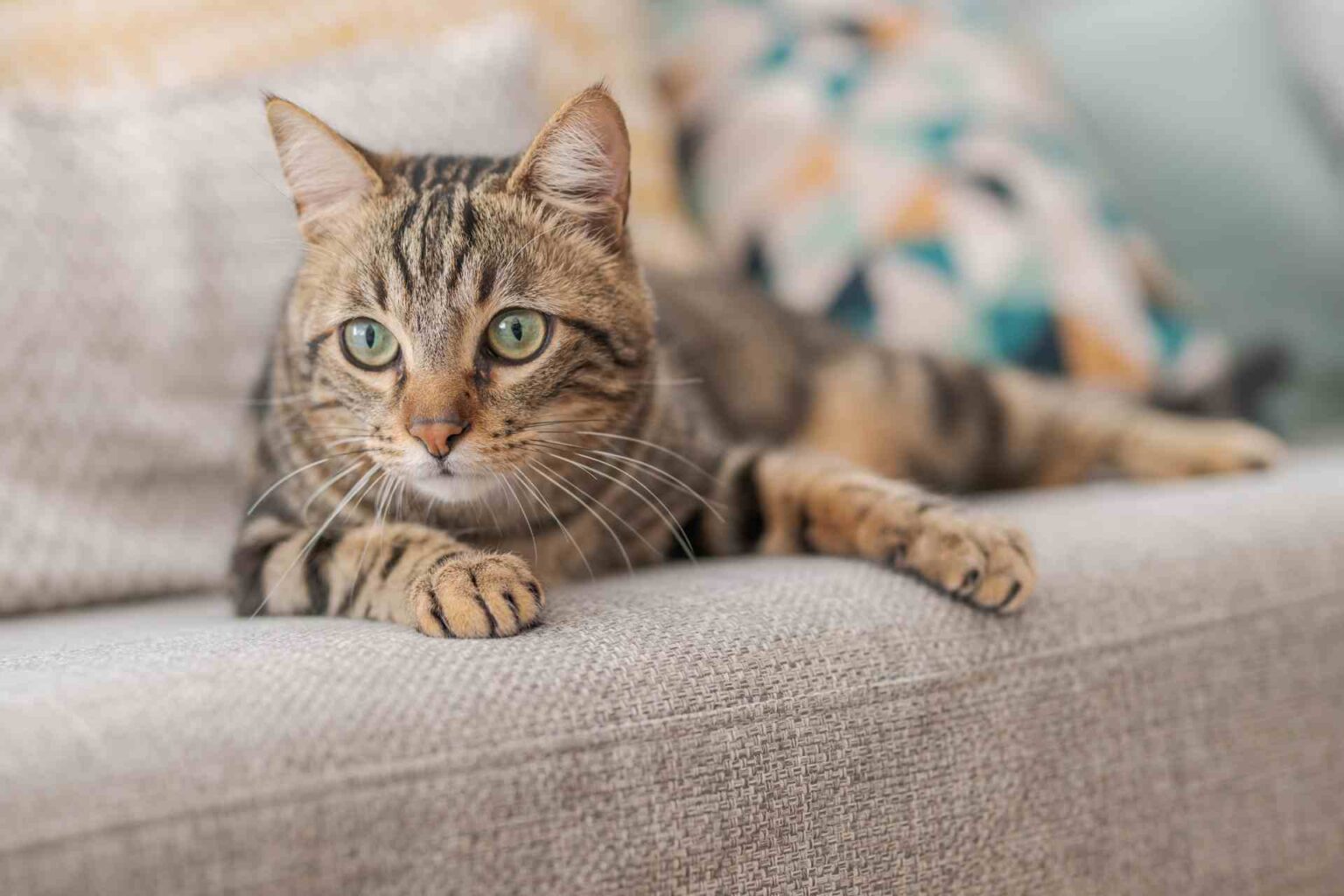As in humans and other mammals, periodontitis in cats is a multifactorial inflammatory disease that is triggered by a series of interactions between subgingival microbial communities and the body’s immune response.
Studies based on the latest molecular technologies have established that. the composition of the subgingival microbiota of cats with periodontitis is different from that of healthy cats and that taxonomic differences also characterize the various forms of periodontal diseases, viz. chronic periodontitis, aggressive periodontitis and chronic feline gingivostomatitis.
For a greater understanding of the processes underlying pathological degeneration of periodontal tissue, however, it appears equally important to decipher the specific functions that subgingival microbial flora play both on the maintenance of health status and in the initiation and progression of disease.
Indeed, it has been shown that, for the purpose of the host immune response to the threat posed by periodontal disease, the functional characteristics of the subgingival microbiota play a more important role than its taxonomic arrangement.
In the domestic cat, the functional characteristics of the subgingival microbiota have never been thoroughly investigated, which is precisely why a team from the US Cornell University has sequenced shotgun a series of subgingival specimens taken from 39 cats (10 with aggressive periodontitis, 14 with chronic periodontitis, 9 with chronic feline gingivostomatitis, and 6 healthy specimens), trying to identify any functional peculiarities. The results of the study were published in the journal Scientific Reports.
The taxonomic profile of the subgingival microflora
It must first be emphasized that the analysis of bacterial taxa present at the subgingival level basically confirmed the results of previous acquisitions, showing that the most abundant phyla were Bacteriodetes and Proteobacteria, respectively in sick and healthy cats, with the phylum Actinobacteria which has appeared significantly enriched in the latter.
Some of the most abundant genera observed in this study-such as Treponema, Bacteroides, Porphyromonas, Filifactor , and Peptostreptococcus-have previously been associated with periodontitis and feline chronic gingivostomatitis, while a higher relative abundance of Moraxella and Actinomyces was recorded in healthy cats.
The two functional peculiarities that emerged from the study
Regarding the main objective, the identification of functional characteristics of subgingival flora, the U.S. study revealed higher abundance of the ATP-synthase gene in diseased cats and higher abundance of the narH (nitrate reductase) gene in healthy cats.
As the authors explain, the enzyme ATP-synthase is related to energy production in microorganisms, and in sick cats the concentration of molecules related to energy production is related to both high bacterial load and microbial biofilm formation that characterize periodontitis.
For his part, the narH gene concerns the ability of cells to respond to changes in their environment or intracellular state, and it has been documented that nitrate reductase has a protective effect against dental diseases involving an interaction between the host and the microbial flora, such as periodontitis.
Although in what the authors themselves describe as preliminary annotations, the study thus highlights two functional characteristics of the microflora that may prospectively direct new preventive, diagnostic and therapeutic options.
Reference
Rodrigues, M.X., Fiani, N., Bicalho, R.C. et al. Preliminary functional analysis of the subgingival microbiota of cats with periodontitis and feline chronic gingivostomatitis. Sci Rep11, 6896 (2021). https://doi.org/10.1038/s41598-021-86466-x





